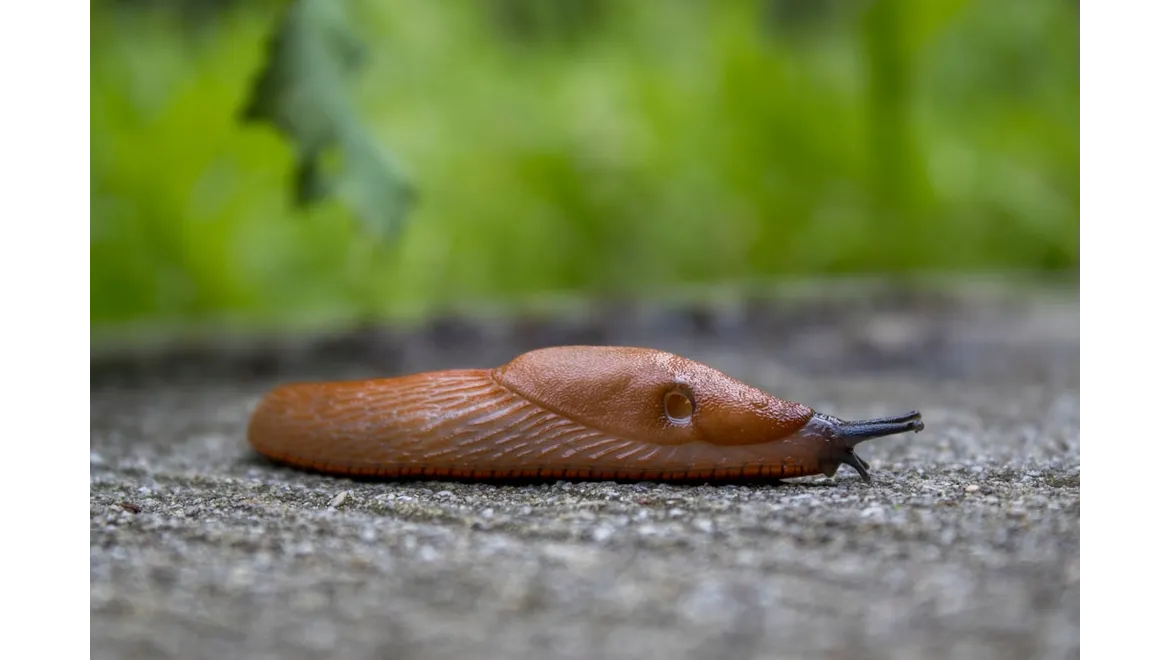Right, let’s talk slugs! I was just nattering with Jamie the other day, you know, the one with the prize-winning roses? We were moaning about those slimy devils, and it got me thinking. I’ve had some success in the past, and Jamie’s tried pretty much everything, so I thought I’d share our combined wisdom on tackling the slug and snail menace in our UK gardens. Honestly, it’s a constant battle, isn’t it?
First off, let’s consider the arsenal. Jamie’s a big fan of the beer trap. He swears by sinking a container (an old margarine tub works great) into the ground, filled with cheap beer. The slugs are attracted to it, fall in, and… well, you get the picture. It’s undeniably effective, but the downside is you have to empty them regularly, and the smell isn’t exactly garden-fresh. I’ve found it works best in areas with a high slug population, like near my hostas (slug magnets!).
Then there’s copper tape. I’ve had mixed results with this. The theory is that slugs get a little electrical shock when they cross the copper, deterring them. It works well for protecting individual pots, especially if you make sure there’s no foliage touching the ground to give them another route. Jamie, however, found it less effective on raised beds, possibly because the tape lost its effectiveness over time due to oxidation. Keeping it clean and shiny seems to be key.
Nematodes are my go-to for a more environmentally friendly approach. These microscopic worms are natural parasites that attack slugs. You mix them with water and apply them to the soil. The great thing about nematodes is that they’re relatively harmless to other wildlife, including earthworms. Jamie pointed out, though, that they need moist soil to work effectively, and the soil temperature needs to be above 5°C. So, timing is crucial – usually spring and autumn are best.
Hand-picking – the most tedious but often the most effective! Armed with a torch, venture out into the garden after dark and simply pick the slugs and snails off your plants. It’s not glamorous, but it works. Jamie has a dedicated “slug bucket” filled with soapy water. The key is consistency – you need to do it regularly to make a real dent in the population. The best time is after it has been raining, but watch out for hedgehogs and frogs!
Of course, encouraging natural predators is a brilliant long-term strategy. Hedgehogs are slug-eating machines, and birds like thrushes and blackbirds also enjoy a slimy snack. Jamie has created a hedgehog-friendly garden with gaps in his fences and piles of leaves for them to nest in. He also makes sure to leave out shallow dishes of water for the birds. Avoiding slug pellets is also essential, as they can poison these helpful creatures. You can also provide food for the birds and have bird boxes for them to live in.
Beyond direct control, creating a slug-unfriendly environment can make a huge difference. Jamie swears by sharp grit or crushed eggshells around vulnerable plants. Slugs find it difficult to crawl over these barriers. I also try to avoid overwatering, as slugs thrive in damp conditions. Good drainage is essential.
Certain plants are just slug magnets. Hostas, as mentioned, are prime targets, as are delphiniums and young vegetable seedlings. Protecting these with barriers, growing them in pots, or choosing slug-resistant varieties is a good idea. Jamie’s found that heavily scented plants like lavender and rosemary are generally avoided by slugs. He plants them around his more vulnerable plants as a deterrent.
Ultimately, there’s no silver bullet when it comes to slug control. It’s about combining different methods and finding what works best for your garden and your lifestyle. Jamie uses beer traps and nematodes and I use copper tape and encourage hedgehogs. The key is to be persistent, environmentally conscious, and don’t give up! After all, a garden is for enjoying, not just battling pests. Remember to adjust your strategies based on the season and the specific challenges your garden faces. And who knows, maybe one day we’ll actually win the war against slugs and snails. But for now, let’s just settle for a hard-fought truce.


